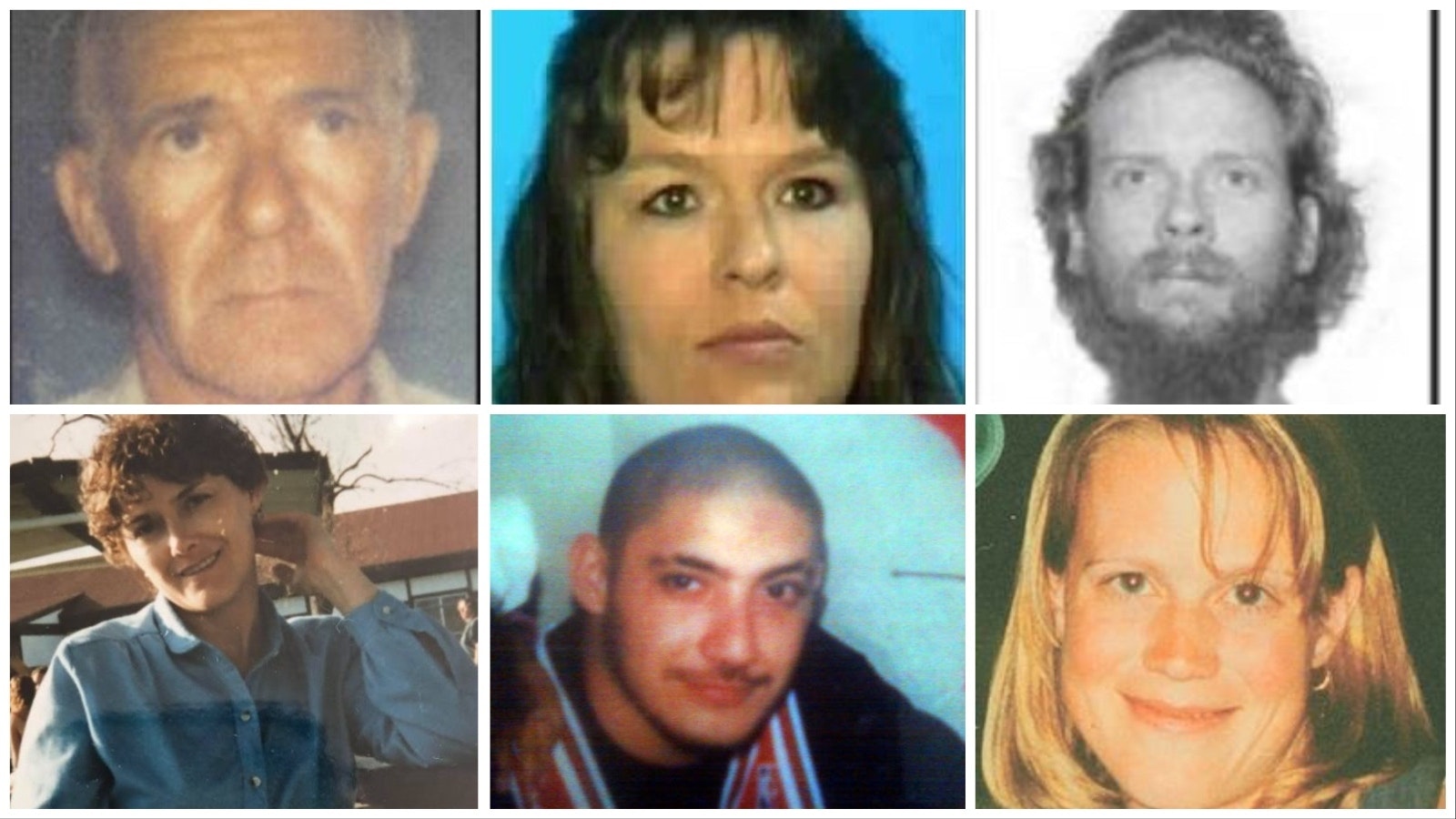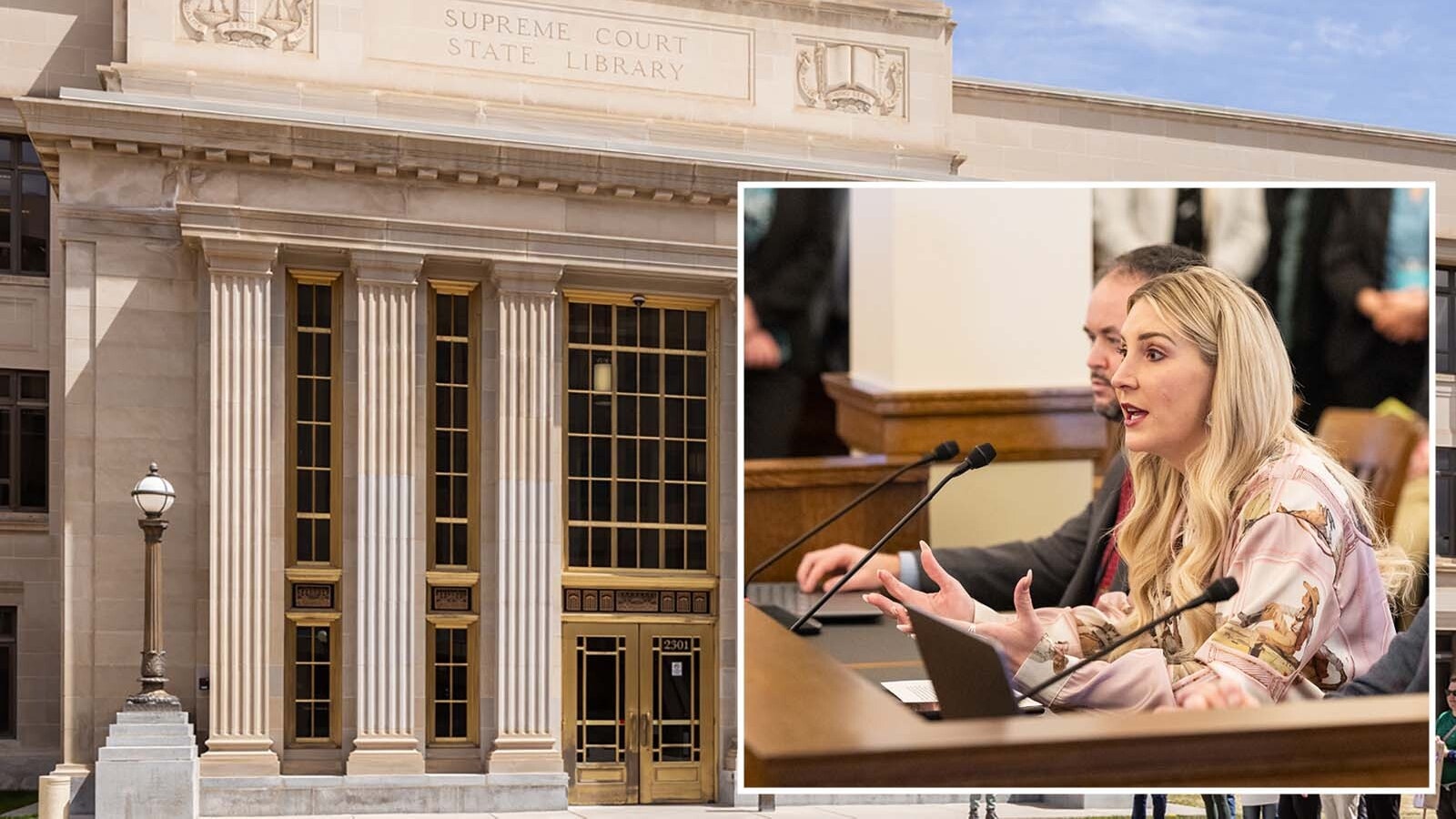Solving Wyoming’s cold-case crimes has always been a priority for the Wyoming Division of Criminal Investigation, now the agency may get an assist from state Lawmakers.
The Wyoming Legislature’s Joint Judiciary committee advanced two pieces of draft legislation Tuesday that would expand efforts to investigate Cowboy State cold cases.
One bill allows DCI to add more staff to investigate cold cases. These investigations can include unsolved homicides, missing people or unidentified person cases that have remained unsolved for at least a year.
The other piece of legislation requires DCI to develop and maintain a cold case database. Every law enforcement agency in the state that has a cold case will provide information on those cases to DCI for inclusion in the database within a year of the case being opened.
Doing The Work
Since founded in 2012, the DCI’s cold case team has participated in or managed 63 cases, including unsolved homicides, missing persons cases and sexual assaults. This team has solved about 10 homicides and two sexual assault cases, one involving a serial rapist in Jackson.
In 1992, two unidentified females were found murdered in Wyoming, dubbed “I-90 Jane Doe” and “Bitter Creek Betty.”
Although DCI Commander Matt Waldock said local jurisdictions worked those cases hard, they were unsuccessful, and the cases eventually went cold. In 1996, DCI took over the cases when the Wyoming State Crime Laboratory determined the victims were interconnected by the same suspect DNA found on them.
With the collaboration of local agencies and law enforcement in Tennessee and Ohio, authorities were able to locate and arrest a suspect in 2020.
DCI has also solved an even older cold case from 1974.
Ryan Cox, a commander with DCI and the Attorney General’s office, estimates there are around 150 active cold cases in Wyoming dating back to 1965, but DCI only has 51 in its system. Waldock told the committee in April that some cases have not been handed over to DCI for as long as 15 years after being opened.
Allen Thompson, executive director for Wyoming Association of Sheriffs and Chiefs of Police, expressed confidence to the committee in the ability of local agencies to solve cold cases, and said members of his organization have concerns that creating new avenues for DCI to take up cold cases could weaken their ability to do this type of work.
“This idea that they maybe have to turn a case over to DCI,” he said. “I think the goal of everyone is to work with DCI to accomplish what the committee is looking at.”
Nothing in the draft legislation requires a law enforcement agency to turn over an unresolved case over to DCI within a certain number of years and it’s up to these agencies to decide if they want to unless the attorney general rules otherwise.
Expanding Efforts
There are 37 DCI agents in Wyoming, seven of which are assigned part-time to the cold-case team. There are 14 additional task force members available as needed, including a former FBI agent. Every member of the team already has ongoing duties they must attend to in addition to cold-case work.
Waldock told the committee in April that best practices standards have determined a full-time agent should not take on more than five ongoing cold cases at a time.
“As a result of that, these cases take a long time to work,” he said.
Waldock said his department handles prioritization of cold cases based on the presence of evidence, suspects and overall merits of the case. Cox said one of the challenges of handling cold cases is the task of digitizing old cases files, which sometimes includes documenting handwritten notes written on notebooks and napkins.
Although he likes relying on all the resources at his disposal, Cox said investigating cold cases sometimes needs to take place in a silo.
“It’s the minute details that is going to get this solved,” he said.
The legislation that expands the cold case team would allow DCI to hire up to two retired peace officers. The legislation doesn’t define how much these employees would be paid, a point that caught the attention of Rep. Mark Jennings, R-Sheridan, who asked if it’s more cost effective for the department to add more part-time positions.
Cara Chambers, director of the Division of Victim Services in the Wyoming Attorney General’s office, expressed reluctance to talk exact figures as her office has already mostly finalized its 2025/2026 budget proposals, but did say the average DCI agent receives $138,000 per year. If the legislation passes into law, it would go into effect from July 2026 through June 2028.
State Rep. Art Washut, R-Casper, co-chair of the Judiciary Committee, suggested giving the AG’s office an additional reserve fund to pull from when unsolved cold cases pop up.
“I would like to see us have a small pool of money, maybe $50,000,” he said.
The committee plans to work out costs of both pieces of legislation for its next meeting in November. It will also have to square up the definition of “cold case” between the two bills, which only pertains to homicides in the database legislation.
Improvement, Not A Perfect Solution
Waldock said the creation of the cold case database shouldn’t be seen as a perfect resolution to solving all of Wyoming’s cold cases or that DCI will take on an extensively larger workload.
“The purpose of this is to create a database, not for us to be responsible for all 150 cases,” he said. “We certainly do not have the manpower to inherit 150 homicide cases or work them in any fashion to give them justice.”
DCI currently has no ability to track how many cold cases exist in Wyoming as many remain in local agency jurisdiction, Chambers said.
As originally written, the legislation had directed DCI to not look into cold cases until three years after they are filed.
Sen. Bill Landen, R-Casper, co-chair of the Judiciary committee, mentioned how other states like Colorado and Arizona have different criteria for determining what is a cold case, with some defining it as short as one year.
Chambers suggested the committee take up a shorter time period and include language in the bill allowing investigators to pursue cases that have "no viable and unexplored investigatory leads."
“A case can be cold right out of the gate,” she said.
Cox agreed and used the example of old skeletal remains found in the desert riddled with bullet holes.
“When we say three years from occurrence that puts us in a little bit of a catch of when did this actually occur?” he said.
The committee approved the change to one year and with broader language.
Both the Judiciary Committee and Select Committee on Tribal Relations have expressed interest in the topic of cold cases. Tribal Relations is considering a pilot program for initiating investigative genealogy tests to solve cold cases.
“I do think there’s interest in cold cases in our state and I do think there’s a lot of ways we can approach this,” Chambers said.
Some Of Wyoming’s Coldest Cases
The Wyoming Division of Criminal Investigation lists some of the state’s unsolved cold cases on its website, including:
Robert Miller: On Aug. 5, 1979, at about 3:45 a.m., 26-year-old Robert Miller was shot outside the A&D Saloon on North Front Street in Rock Springs after a verbal altercation in the street. Witnesses gave the impression that Miller and his assailant were getting along moments before the argument and subsequent shooting, implying that the shooter might have known Miller.
L.G. Strowbridge: On July 1, 1981, 55-year-old L.G. Strowbridge was found murdered beneath the eastbound lane of Interstate 80 at the Pilot Butte exit in Rock Springs. He was a transient traveling east to return to his home state of Michigan at the time of his death.
Shawny Smith: A 32-year-old mother of two living in Cheyenne, she was beaten and raped. In February 2003, her body was found in a farmer's field in Weld County, Colorado.
James Kamai: On June 21, 2001, an unknown male suspect shot James Kamai to death on West College Drive about 75 yards west of the South Greeley Highway in Cheyenne. Kamai and the suspect may have been involved in a traffic dispute at the time of the murder.
Amy Wroe Bechtel: On July 24, 1997, Amy Wroe Bechtel, 24, disappeared while jogging the Loop Road area between Lander and South Pass in Fremont County. Her car was found parked along the road. An extensive search of the area has failed to yield clues as to her location. She is a white female, 115 pounds with blond hair and blue eyes.
Kathleen Pehringer: She was 42 when she was last seen April 17, 1989 in Riverton. She is reported to be a white female, about 5-foot-2 with brown eyes and brown hair at the time of disappearance. Pehringer went missing from her home and hasn't been seen since.
Leo Wolfson can be reached at leo@cowboystatedaily.com.





